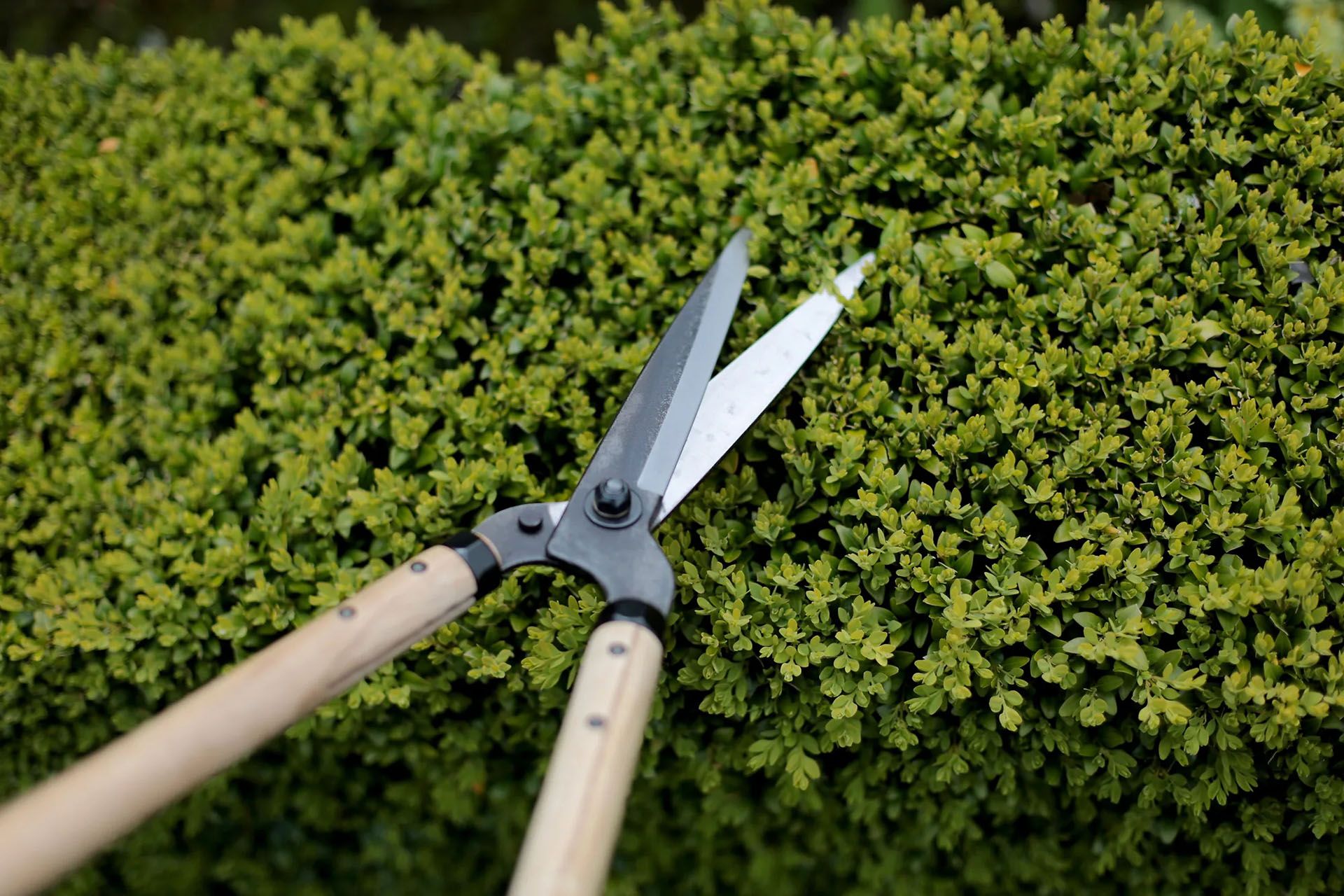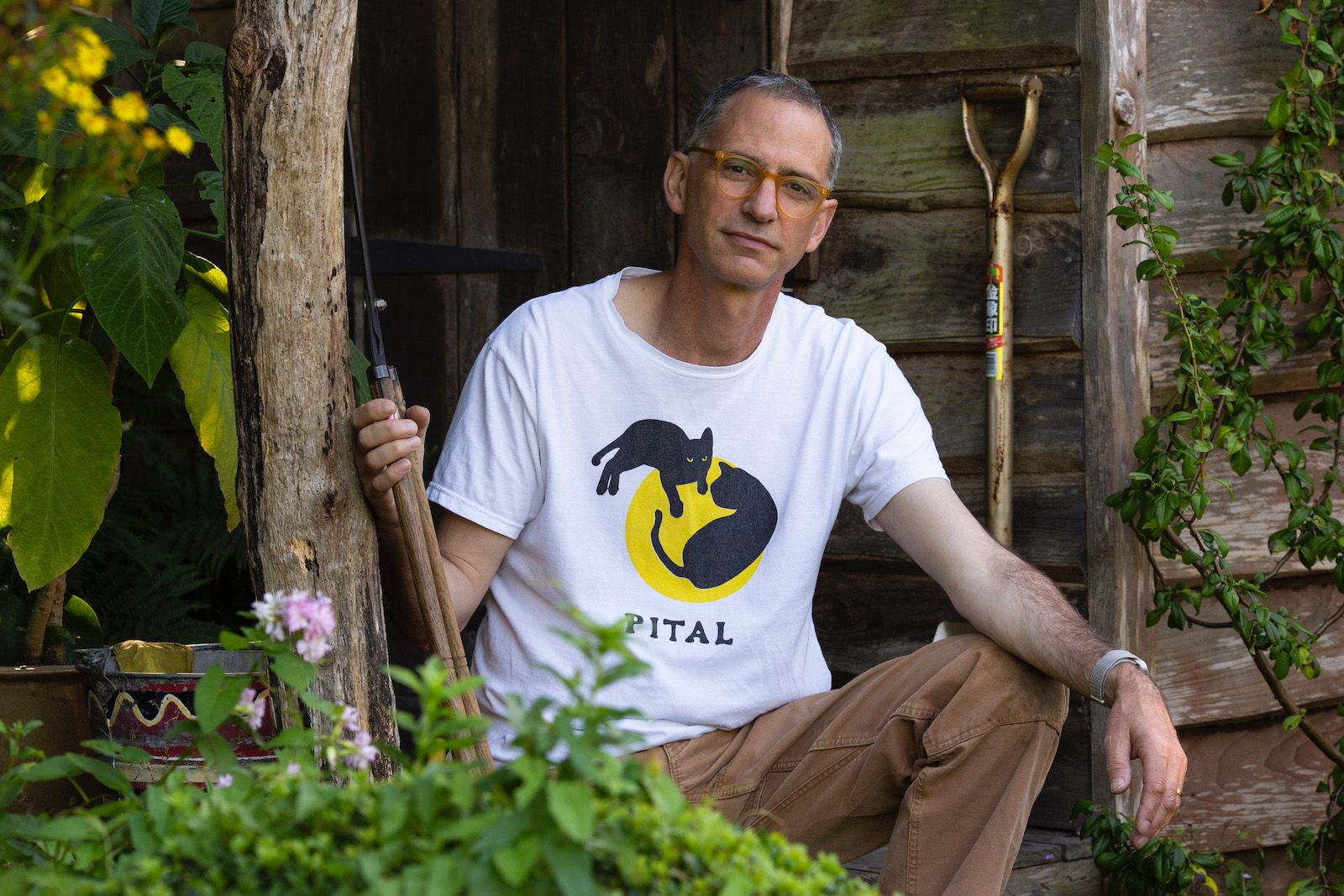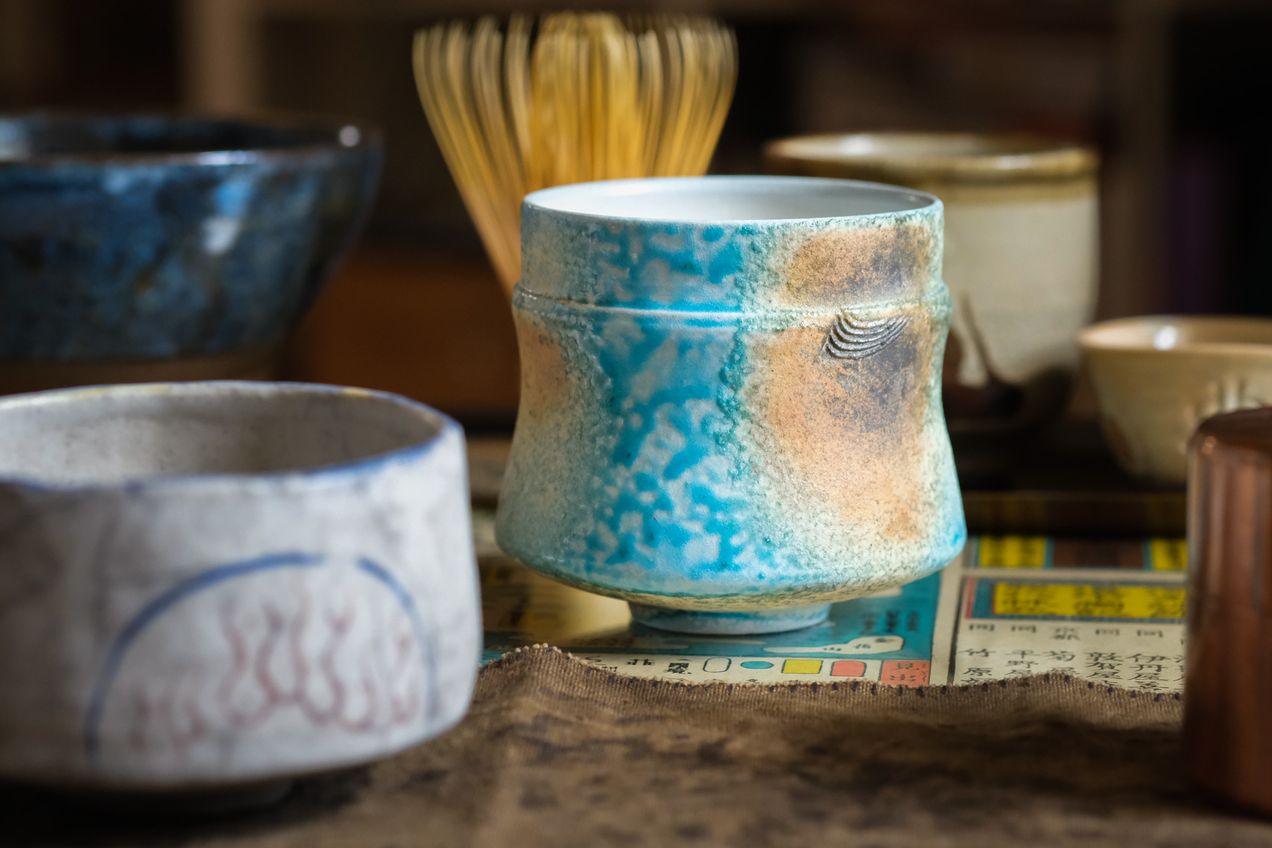
The connection between maker and owner
"So somewhere along the line, I’ve switched from being a consumer to an owner. Or maybe even a custodian, if I look after them well enough to pass them on to my children: not inconceivable the way they’re going."
I love product catalogues. When I was a kid I spent hours flipping through the LEGO booklets that my parents would bring back from their trips abroad (LEGO was not widely available in Argentina in the ‘80s). I would check out every detail of the sets featured in those pages, especially spaceships and fire brigades, daydreaming of which one I would ask for my next birthday.
Physical product catalogues are rarer now but I recently picked one up from Japanese gardening tools shop Niwaki in London. The opening letter by the company founder, Jake Hobson, caught my attention by turning into words the feeling I have with the objects I own and cherish.

Talking about the tools they sell and those who make them, Hobson writes:
“[...] Why does it matter that the blades of your secateurs were hand-forged by a 4th generation blacksmith, the spring was fitted by his wife and their son fashioned the handles, all under one roof? [...] The answer, in one word: connection. [...] Without getting too mystical, part of that connection comes from recognising that a skilled craftsperson made my shears. That knowledge imparts a degree of responsibility on to me - if he or she used their expertise to make the finest tool they could, don’t I, to some extent, owe it to them (and by them, I’m not sure if I mean the maker, the tool or a mixture of the two) to look after them?
What’s more, they were made to be looked after. They can be sharpened and oiled, the nut can be tightened, the handles can be lightly sanded and oiled, and none of this is accidental: it’s the result of the maker’s careful choices of design, materials and technique.
So somewhere along the line, I’ve switched from being a consumer to an owner. Or maybe even a custodian, if I look after them well enough to pass them on to my children: not inconceivable the way they’re going.”

The concept of stewardship of objects is often used in reference to art in museums and not to gardening tools. However, making objects that last beyond one's lifetime used to be the norm when resources are scarce and a huge amount of skill is needed, from furniture by Danish woodworkers made to be inherited to buildings that have endured through the centuries like the Roman Pantheon. In a recent conversation with Takahiro Yagi, 6th generation master craftsman of Kaikado in Kyoto, he told me how the tea caddies they’ve been making since 1875 still find their way back to the workshop to be repaired so they can be used for a hundred more years.
Fewer, better things or Less, but better has been the mantra of many makers, designers and owners. We are now rediscovering the obvious, that well made, long lasting things are a fundamental requisite to counteract the effects of our rabid consumerism on the natural environment. But what’s been missing from that equation to make it effective is acknowledging the importance of the connection between the maker and the owner. This is what Hobson describes in the catalogue, reminding the prospective owners, or stewards if you prefer, of Niwaki products that buying a new pair of made in Japan shears comes not only with the warranty of being high quality and fit for purpose, but also with the obligation to tend to them well so that a future generation will enjoy using them too.



